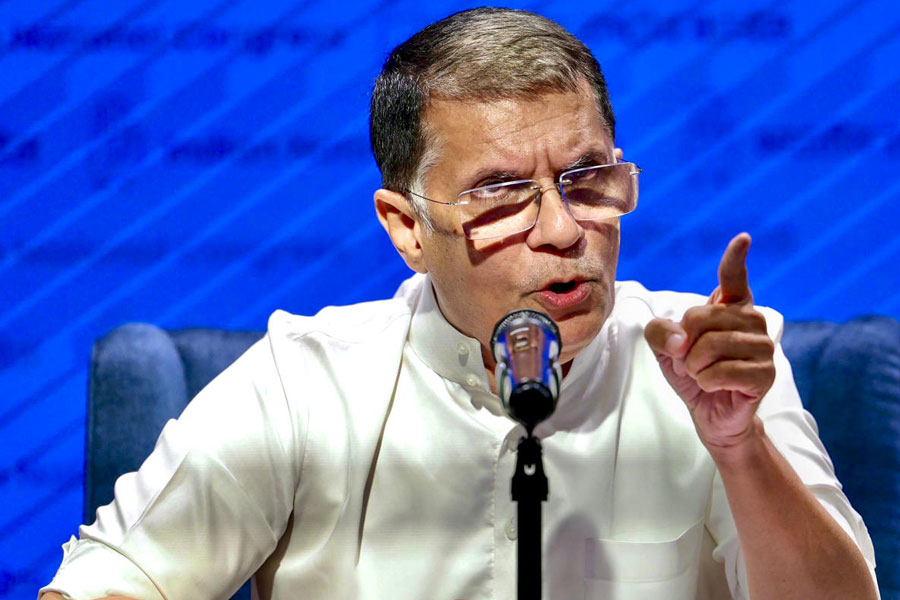Azeem Rafiq’s allegations of racism at Yorkshire County Cricket Club are not new. They were first voiced three years ago to the hierarchy of the club, who ignored them. They were confirmed in a 2020 interview with Wisden. The scandal was provoked by the results of the investigation, set up in September 2020. Rafiq’s criticism of the report, the fact that it was not released in full, neither to Rafiq nor to the England and Wales Cricket Board, the lack of disciplinary action against the members of the club sparked the outrage, relayed by a Select Committee of the House of Commons.
What is surprising is, of course, that all of this should have come as a surprise. Cricket is not a particularly racist game, although, as argued by some commentators, it has recently cut itself off from its grassroots and become, for a number of reasons, a predominantly ‘white’ sport. The contrast with football could not be greater. But sports reflect, amplify and articulate the forces at work in society and the dismissal of racist slurs as ‘friendly banter’ is not confined to cricket, or to sports.
Sport has had a long history of entanglement with racism. This was apparent in the early-nineteenth-century fights between the English world-champion boxer, Tom Cribb, and Tom Molineaux, a former slave, which brought to the fore issues of colour and race. A century on, this was echoed by the fate of the African-American boxer, Jack Johnson, who was a hero in Europe but whose 1910 victory over James J. Jeffries sparked race riots across a number of states. One of the most iconic moments in the relationship between sports and the politics of race was the protest by Tommie Smith and John Carlos on the podium of the 200-metres race at the 1968 Olympics, with the support of the Australian silver medallist, Peter Norman. This protest cost them their careers. More recently, ‘taking the knee’ during the national anthem, initiated by Colin Kaepernick in 2016, has proved to be a powerful gesture of support for the fight against racism in the context of the Black Lives Matter movement. While they have divided public opinion as well as the world of sports, their gestures and actions show that sports, while providing an arena where racial prejudice can be fought, could well be complicit in racism.
One of the more interesting — and less noticed — developments has been the appropriation of these events by the world of arts. In 2013, the Californian artist, Glenn Kaino, worked with Tommy Smith to create a sculpture, Bridge — a 100-foot-long installation made of two hundred gold-painted resin casts of Tommy Smith’s fist and arm, suspended from the ceiling in a sinuous line.
It suggests a bridge between generations, between past and present, extending the power of Smith’s gesture. It restores the past story to the present at the same time as it embodies Smith’s message in new, complex ways. It was at the centre of With Drawn Arms, a 2019 exhibition at the San Jose Museum of Art, and has now become a documentary film with the same title, which looks back at the story of that night in Mexico. In 2018, Kota Ezawa, the artist who produced an animation of O. J. Simpson’s murder trial in 2002, was inspired to depict the NFL athletes taking a knee during the national anthem. He produced a series of watercolours (National Anthem) as well as a video piece — it projected in the museum space what was only glimpsed on television — which articulated in the language of art what was, like Tommie Smith’s raised fist, a silent gesture. These gestures of protest became iconic through their reproduction in photographs and reports, as well as through their replication on football or soccer pitches throughout the world. Their appropriation by the world of art makes them resonate, gives them a singular aura, leaving the spectators to reflect and meditate on their power, on the force of their example.
Alexis Tadié is Professor of English Literature at Sorbonne University, Paris











